The Racial Wealth Gap in Charlotte-Mecklenburg
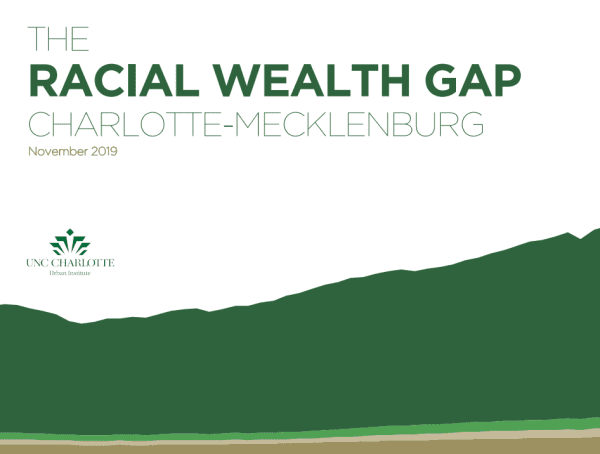
This series was based on a report by the Charlotte Urban Institute, compiled with support from Bank of America, which partners with the Charlotte Urban Institute and the Charlotte Regional Data Trust on research that provides insight into community initiatives.
In the United States, White households have 10 times the wealth of Black households and 7 times the wealth of Latinx households. This has not occurred by mere happenstance. Wealth is built through a combination of pathways, each with its own history of policy and practice.
The consequences enhance or hinder asset building across racial and ethnic groups. The systemic patterns of racial inequity that lead to such stark differences in wealth accumulation are the same well-worn paths that lead to unequal outcomes in labor, housing, education, and health.
In Charlotte, households of color are more than twice as likely to lack sufficient savings or assets that can be used to pay for basic needs for three months without income when compared to White households.
The result: almost half of all Latinx and 44% of Black households wouldn’t be able to cover basic needs after three months.
These stark facts are what led the Urban Institute to study the racial wealth gap and how it affects our communities. With support from Bank of America, our researchers assembled the following report detailing the racial wealth gap in Charlotte and Mecklenburg County:
[The Racial Wealth Gap in Charlotte-Mecklenburg: Read the new report]
To further explore details of the racial wealth gap, we published a series of stories focused on different aspects. Read them below:
The Racial Wealth Gap
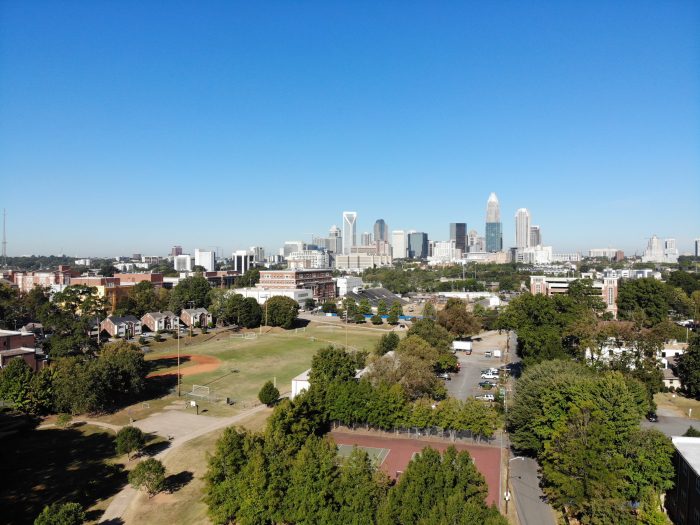
Part 1: COVID-19 exposes the impact of the racial wealth gap
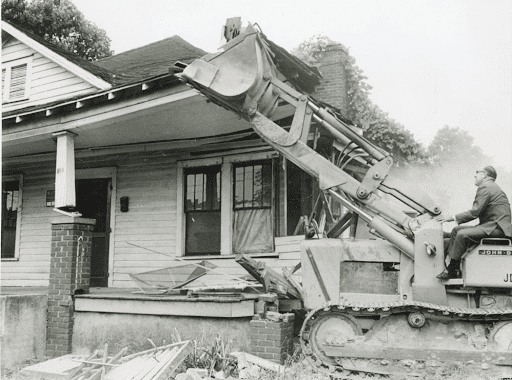
Part 2: The historical roots of the racial wealth gap in Charlotte
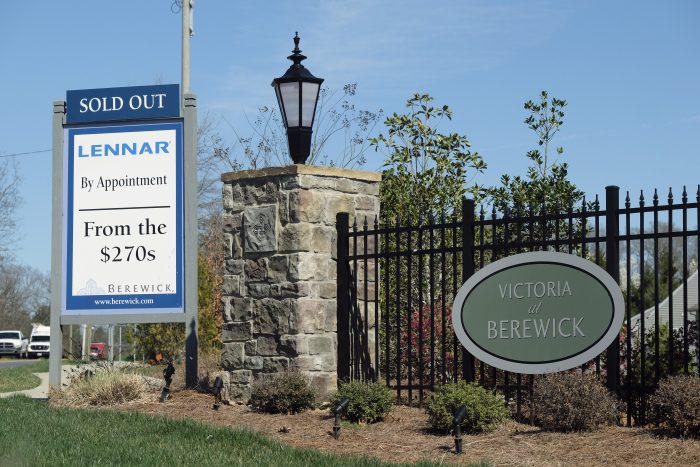
Part 3: Home ownership and the legacy of redlining

Part 4: How jobs contribute to the racial wealth gap
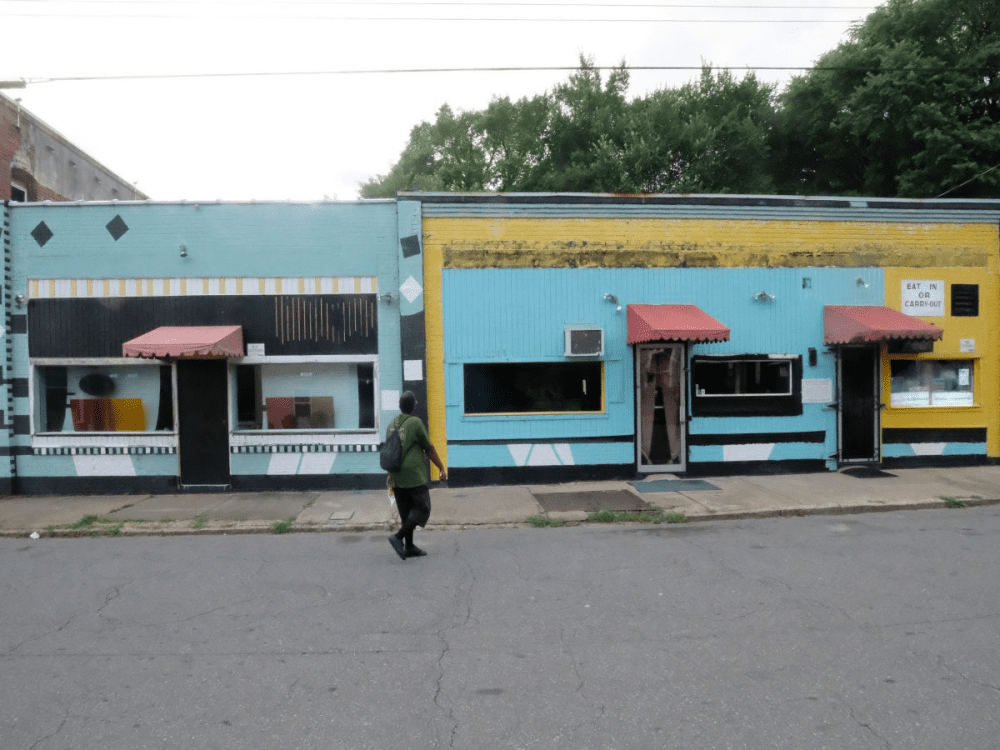
Part 5: Business ownership and entrepreneurship

Part 6: Savings, investment and the racial wealth gap
